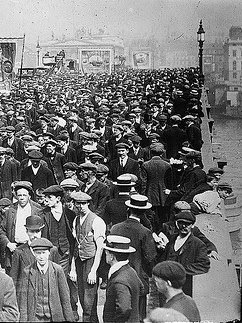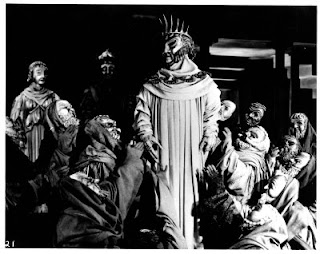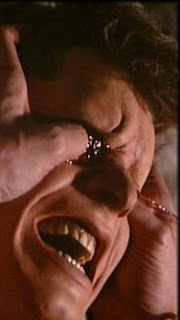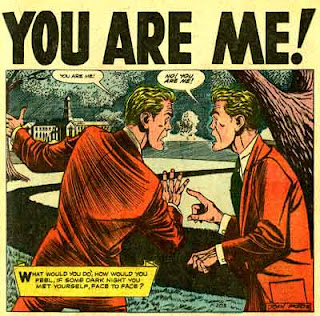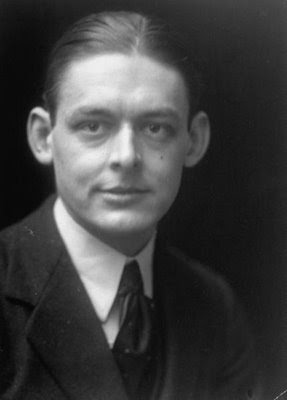 Author: T. S. Eliot.
Author: T. S. Eliot.Born in St. Louis in 1888, Eliot got his bachelor's degree from Harvard in 1909 and got his master's degree there in 1910. In 1914, he moved to England, where he remained for most of the rest of his life. Eliot worked at Lloyd's Bank in London between 1917 and 1925 and it was during this period that he published, "The Waste Land," which some consider the most influential poem of the 20th century. In 1927, Eliot became a British citizen.
The "central Anglo-American poet and critic of the twentieth century," Eliot "defined the critical standards of an era, recast the literary tradition, and establisehd key terms for analysis and evaluation." (Leitch et al., 1088) He was awarded the Nobel prize for literature in 1948.
The Text: "Tradition and the Individual Talent" (1919) first appeared in The Egoist--An Individualist Review, an a monthly magazine where Eliot worked as an assistant editor between 1917 and 1919.
Excerpts:
We critics have a "tendency to insist, when we praise a poet, upon those aspects of his work in which he least resembles anyone else. In these aspects or parts of his work we pretend to find what is individual, what is the peculiar essence of the man. We dwell with satisfaction upon the poet's difference from his predecessors, especially his immediate predecessors; we endeavor to find something that can be isolated in order to be enjoyed. Whereas if we approach a poet without this prejudice we shall often find that not only the best, but the most individual parts of his work may be those in which the dead poets, his ancestors, assert their immortality most vigorously." (1092-1093)
 "... art never improves, but . . . the material of art is never quite the same." (1094)
"... art never improves, but . . . the material of art is never quite the same." (1094)"The progress of an artist is a continual self-sacrifice, a continual extinction of personality." (1094)
"Honest criticism and sensitive appreciation is directed not upon the poet but upon the poetry." (1095)
"Poetry is not a turning loose of emotion, but an escape from emotion; it is not the expression of personality, but an escape from personality." (1097) [The image at left is a still from 1921 motion picture The Goat, starring comic actor Buster Keaton, one of the most successful stars of the silent film era (which came to a close around 1927). Keaton’s nickname was “The Great Stone Face.” Click here to see a clip.)
"The business of the poet is not to find new emotions, but to use the ordinary ones and, in working them up into poetry, to express feelings which are not in actual emotions at all. And emotions which he has never experienced will serve his turn as well as those familiar to him." (1097)
IMAGE SOURCE:
http://openreflections.files.wordpress.com/2009/02/ts-eliot.jpg
http://pushingposes.blogspot.com/2007_06_01_archive.html


